The melting glaciers of our planet are revealing more than just ancient rocks and fossils—they are unleashing biological time capsules that have been frozen for millennia. As climate change accelerates ice melt across polar regions and high mountain ranges, scientists are growing increasingly concerned about the potential revival of prehistoric viruses trapped in these thawing ice sheets. What began as a curiosity about perfectly preserved woolly mammoths has escalated into a legitimate scientific alarm: the re-emergence of pathogens that last infected living creatures when humans were still carving tools from stone.
The Permafrost Pandora's Box
In the remote Siberian tundra, where permafrost is thawing at unprecedented rates, researchers have already identified viable viruses dating back 30,000 years. The most famous example—Pithovirus sibericum—was discovered in 2014, still infectious after spending 30 millennia in frozen dormancy. This giant virus, visible under light microscopy, specifically targets amoebas rather than humans, but its revival proved a chilling principle: complex viruses can survive geological timescales in frozen states.
What keeps microbiologists awake at night isn't the known specimens, but the unknown diversity still locked in ice. Current estimates suggest less than 1% of ancient microbial life has been cataloged. The genetic sequencing of permafrost samples reveals fragments of viral genomes unlike anything in modern databases—entire families of viruses that disappeared from Earth's surface before human civilization began. These viral "dark matter" represent potential biological wild cards as they re-enter ecosystems.
Climate Change as Viral Catalyst
The Arctic is warming four times faster than the global average, with some high-latitude regions experiencing winter temperature increases of 6°C above historical norms. This thermal acceleration is creating three distinct viral release mechanisms: direct meltwater exposure, atmospheric dispersion from bubbling Arctic lakes, and the disturbance of frozen deposits through industrial activity.
In 2016, a heatwave in the Yamal Peninsula triggered an anthrax outbreak that killed a child and hospitalized dozens of nomadic herders. The bacterial spores had been preserved in a 75-year-old reindeer carcass exposed by melting permafrost. While this involved bacteria rather than viruses, it demonstrated how thawing organic material can reintroduce pathogens to modern ecosystems. Viruses present an even greater challenge—they're smaller, more abundant, and can mutate rapidly upon encountering modern hosts.
The Zoonotic Danger Zone
Most concerning are viruses adapted to mammals that once roamed Pleistocene landscapes alongside humans—creatures like steppe bison, woolly rhinos, and cave bears. When these hosts died and froze, their viruses froze with them. Modern animals occupying similar ecological niches could become bridges for ancient viruses to reach human populations.
Researchers from the University of Ottawa recently modeled this threat using synthetic ancient viral sequences reconstructed from permafrost samples. Their findings, published in Nature Climate Change, showed 13% of these simulated viruses could infect modern organisms under laboratory conditions. More disturbingly, about 3% demonstrated the ability to jump between species—the hallmark of pandemic potential.
Glacial Time Machines
High-altitude glaciers present a different but equally concerning scenario. The 2021 discovery of 15,000-year-old viruses in Tibetan glacier ice revealed perfectly preserved viral communities adapted to extreme cold. Unlike permafrost viruses that might infect animals, these high-elevation pathogens often target plants and soil microbiota—posing threats to agriculture as meltwater enters watersheds.
Dr. Lonnie Thompson's team at Ohio State University has documented viruses in Andean ice cores that correlate with historical crop failures. Their working hypothesis suggests some plant pathogens may have cycled between glaciers and ecosystems for centuries, with melt periods unleashing blights that then refroze during cold spells. In a warming world, this natural containment system is breaking down.
The Biosecurity Dilemma
Current international protocols for glacial and permafrost research focus primarily on physical safety in extreme environments, with minimal biosecurity requirements. A 2022 survey of polar research stations found only 28% had procedures for handling potentially infectious ancient organic material. This gap worries organizations like the European Centre for Disease Prevention and Control, which has called for classifying certain melting zones as biological hazard areas.
The challenge is compounded by economic interests in thawing regions. As Arctic shipping routes open and mining operations expand into previously inaccessible permafrost zones, industrial activity is disturbing frozen layers at scales far exceeding natural melt. Russian oil operations in Siberia have already reported multiple incidents of workers exposed to "sludge liquor" from thawed permafrost containing unidentified microbial content.
Genetic Arms Race
Modern medicine has no immunological reference points for viruses that disappeared before the agricultural revolution. When researchers compared the genomes of ancient viruses to modern ones, they found key differences in protein structures that current vaccines and antiviral drugs target. The Spanish flu pandemic of 1918 demonstrated how even recent viral strains can devastate populations when immunity wanes—ancient viruses would represent complete immunological unknowns.
Some scientists argue the solution lies in proactive genetic cataloging. Projects like the Paleovirome Initiative are creating libraries of ancient viral sequences to develop broad-spectrum countermeasures. Others caution that such research could backfire if it leads to the reconstruction of extinct pathogens—a debate mirroring concerns over gain-of-function studies with modern viruses.
Ecosystems Out of Balance
Beyond direct human health impacts, revived viruses could disrupt already stressed Arctic ecosystems. Microbiologists have observed "viral dark matter" from thawed permafrost interacting with modern soil bacteria in unexpected ways—sometimes increasing antibiotic resistance. As these ancient genetic elements enter contemporary microbial communities, they may reshuffle ecological relationships that have stabilized over millennia.
The situation parallels concerns about invasive species, but at a microscopic scale and with organisms pre-adapted to cold environments now expanding poleward. Marine biologists tracking viral content in glacial runoff have documented changes in phytoplankton communities—the base of Arctic food chains—within weeks of exposure to meltwater containing ancient viral signatures.
A Frozen History Lesson
Ironically, the same ice preserving these viral threats also holds clues to their management. Glacial layers document how past civilizations weathered climate shifts and associated disease pressures. By studying viral fragments alongside archaeological evidence, researchers are piecing together how human societies have previously adapted to changing microbial landscapes.
This interdisciplinary approach—combining glaciology, virology, and anthropology—may offer our best defense. As Dr. Jean-Michel Claverie of Aix-Marseille University notes: "The viruses waking up from the ice aren't just biological specimens. They're messengers from Earth's climatic past, here to teach us about resilience in an age of disruption." Whether we heed their warning may determine our capacity to survive the microbial aftershocks of climate change.

By /Jul 2, 2025

By /Jul 2, 2025
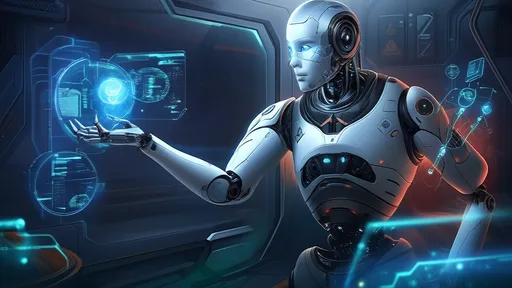
By /Jul 2, 2025
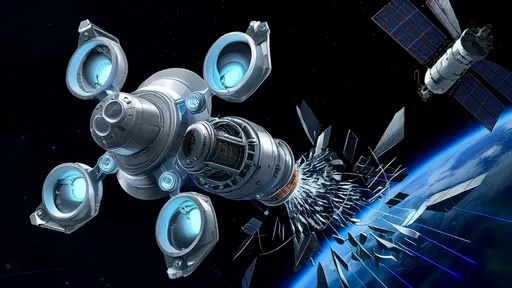
By /Jul 2, 2025
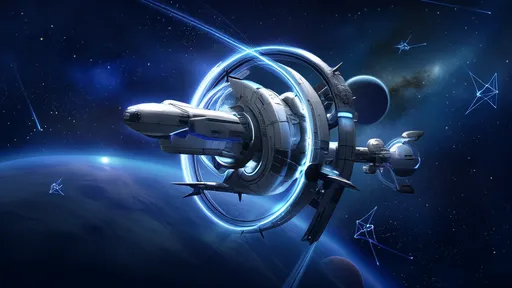
By /Jul 2, 2025
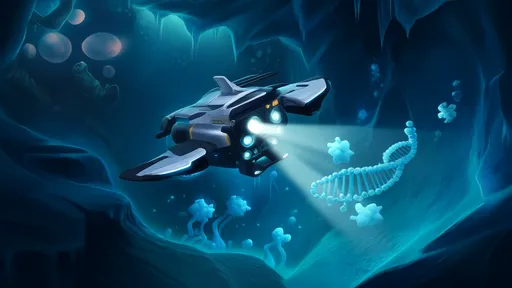
By /Jul 2, 2025
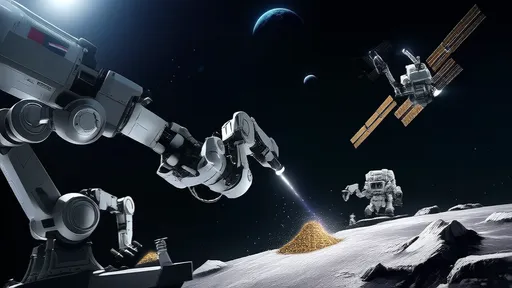
By /Jul 2, 2025
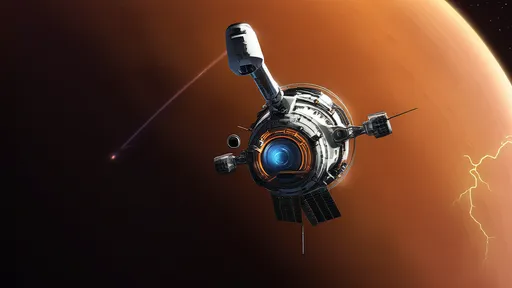
By /Jul 2, 2025

By /Jul 2, 2025
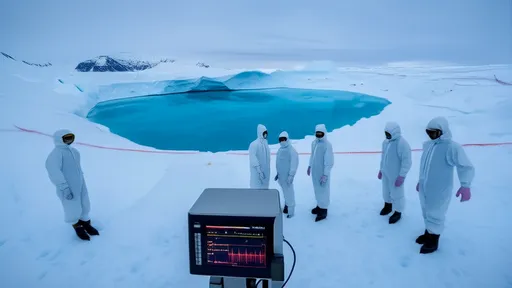
By /Jul 2, 2025
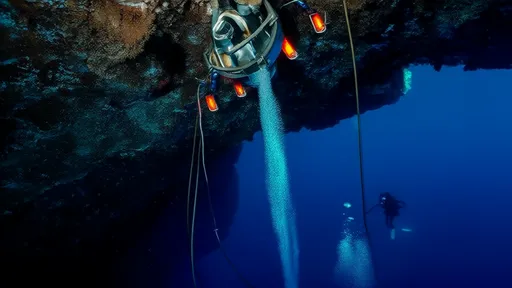
By /Jul 2, 2025
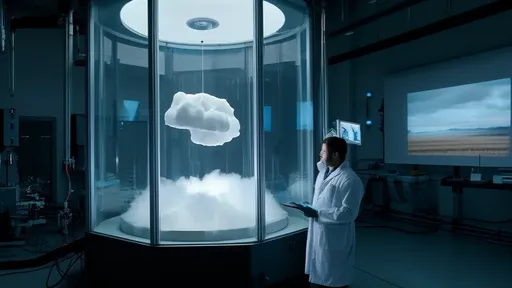
By /Jul 2, 2025
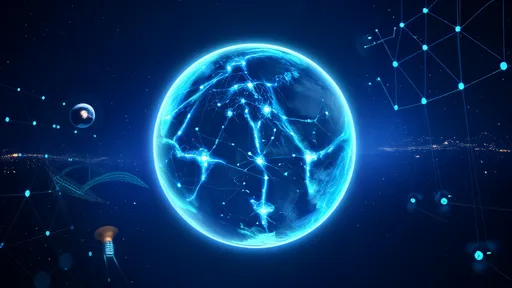
By /Jul 2, 2025
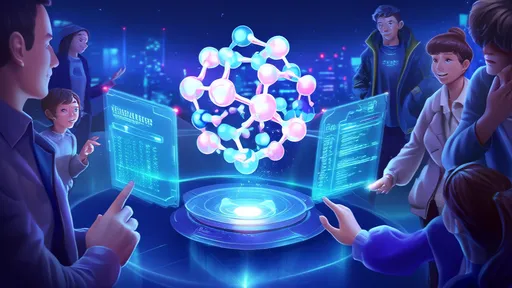
By /Jul 2, 2025
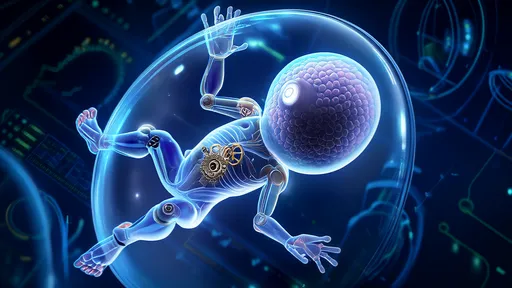
By /Jul 2, 2025
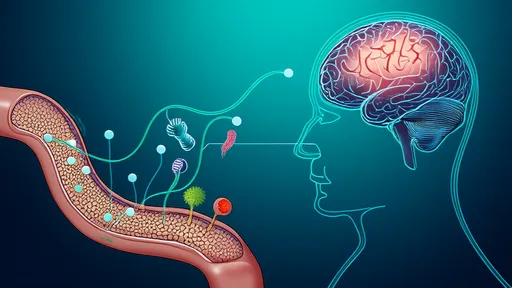
By /Jul 2, 2025
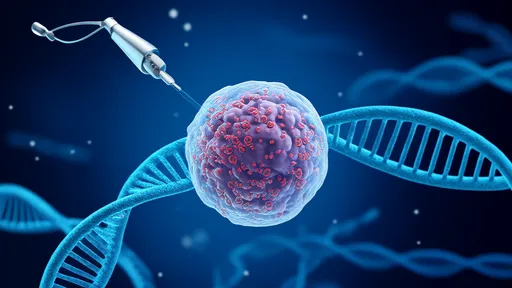
By /Jul 2, 2025
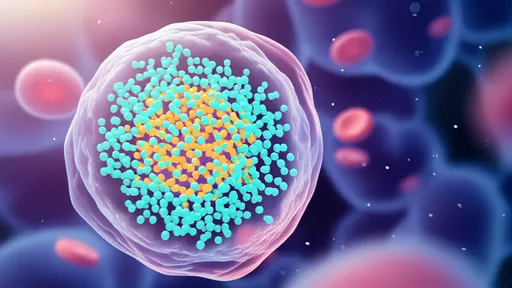
By /Jul 2, 2025

By /Jul 2, 2025
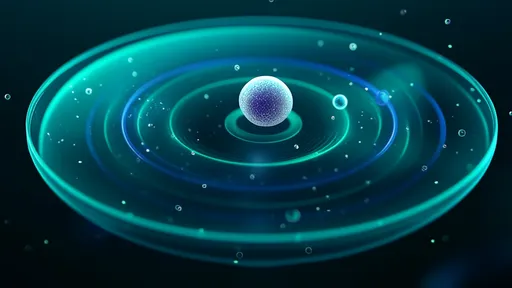
By /Jul 2, 2025